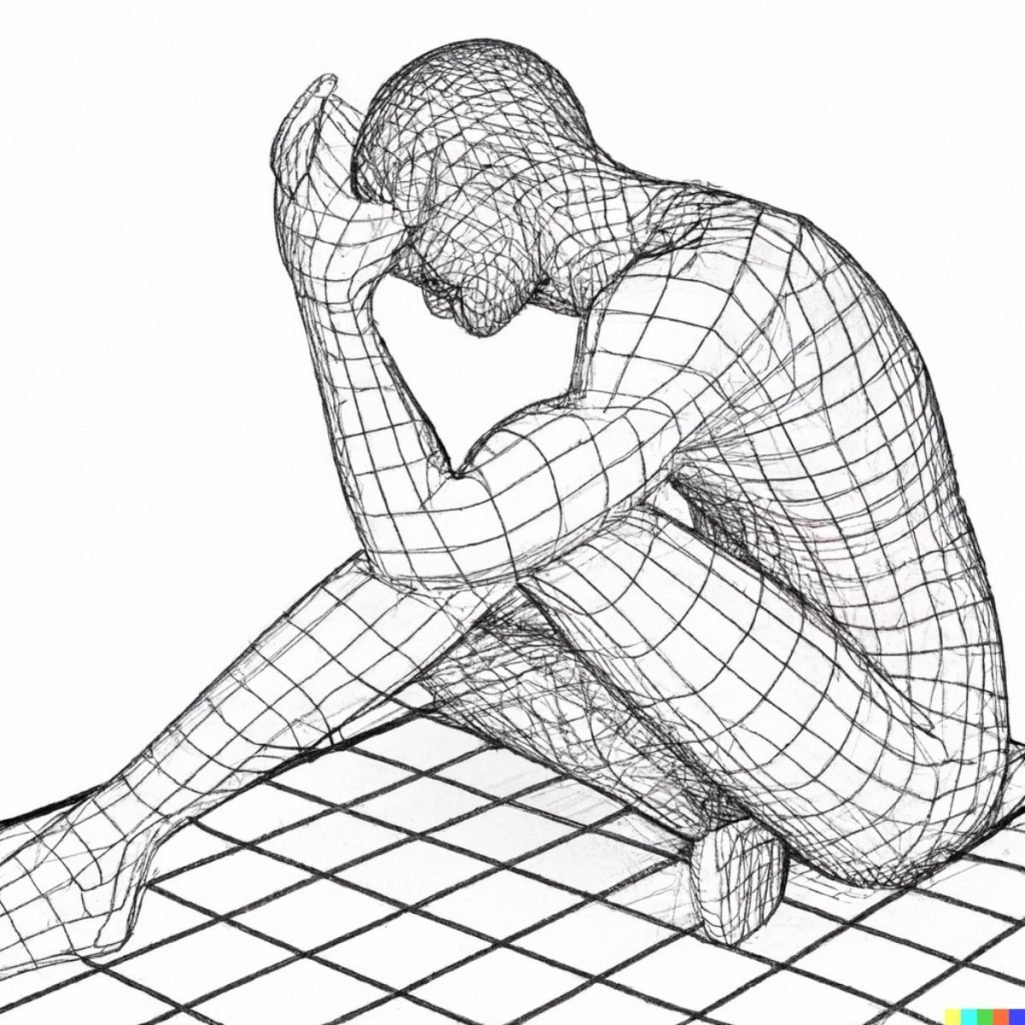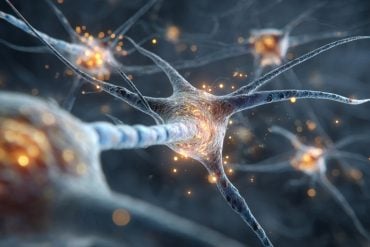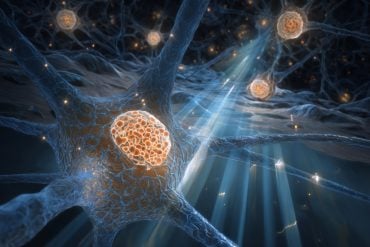Summary: Researchers have uncovered crucial findings regarding Long COVID, discovering significant immune system and nervous system changes that could explain the neurological symptoms experienced by patients.
The study used deep phenotyping to examine 12 patients with persistent neurological symptoms, revealing significant immune system changes, such as lower levels of CD4+ and CD8+ T cells and increased numbers of B cells and other immune cells. Furthermore, abnormalities in the autonomic nervous system were observed, indicating its involvement in Long COVID.
These breakthrough findings may provide insight into diagnosing and treating Long COVID in the future.
Key Facts:
- People with Long COVID experience significant immune system changes, including lower levels of CD4+ and CD8+ T cells, and increased numbers of B cells and other immune cells.
- Autonomic testing in Long COVID patients showed abnormalities in the control of vascular tone, heart rate, and blood pressure, indicating the involvement of the nervous system in Long COVID.
- The findings suggest that the widespread immunological and autonomic nervous system changes observed in Long COVID patients may contribute to the persistent neurological symptoms experienced by these patients.
Source: NIH
Twelve people with persistent neurological symptoms after SARS-CoV-2 infection were intensely studied at the National Institutes of Health (NIH) and were found to have differences in their immune cell profiles and autonomic dysfunction. These data inform future studies to help explain persistent neurological symptoms in Long COVID.
The findings, published in Neurology: Neuroimmunology & Neuroinflammation(link is external), may lead to better diagnoses and new treatments.
People with post-acute sequelae of COVID-19 (PASC), which includes Long COVID, have a wide range of symptoms, including fatigue, shortness of breath, fever, headaches, sleep disturbances, and “brain fog,” or cognitive impairment. Such symptoms can last for months or longer after an initial SARS-CoV-2 infection. Fatigue and “brain fog” are among the most common and debilitating symptoms, and likely stem from nervous system dysfunction.
Researchers used an approach called deep phenotyping to closely examine the clinical and biological features of Long COVID in 12 people who had long-lasting, disabling neurological symptoms after COVID-19. Most participants had mild symptoms during their acute infection.
At the NIH Clinical Center, participants underwent comprehensive testing, which included a clinical exam, questionnaires, advanced brain imaging, blood and cerebrospinal fluid tests, and autonomic function tests.
The results showed that people with Long COVID had lower levels of CD4+ and CD8+ T cells—immune cells involved in coordinating the immune system’s response to viruses—compared to healthy controls. Researchers also found increases in the numbers of B cells and other types of immune cells, suggesting that immune dysregulation may play a role in mediating Long COVID.

Consistent with recent studies, people with Long COVID also had problems with their autonomic nervous system, which controls unconscious functions of the body such as breathing, heart rate, and blood pressure.
Autonomic testing showed abnormalities in control of vascular tone, heart rate, and blood pressure with a change in posture. More research is needed to determine if these changes are related to fatigue, cognitive difficulties, and other lingering symptoms.
Taken together, the findings add to growing evidence that widespread immunological and autonomic nervous system changes may contribute to Long COVID. The results may help researchers better characterize the condition and explore possible therapeutic strategies, such as immunotherapy.
Funding: The study was supported by the Intramural Research Program at the National Institute of Neurological Disorders and Stroke (NINDS) and is part of an observational study taking place at the NIH Clinical Center designed to characterize changes in the brain and nervous system after COVID-19 (NCT04564287).
About this neurology and long-COVID research news
Author: Nina Lichtenberg
Source: NIH
Contact: Nina Lichtenberg – NIH
Image: The image is credited to Neuroscience News
Original Research: Open access.
“Deep Phenotyping of Neurological Post-Acute Sequelae of SARS-CoV2 Infection” by Mina, Y., et al. Neurology-Neuroimmunology Neuroinflammation
Abstract
Deep Phenotyping of Neurological Post-Acute Sequelae of SARS-CoV2 Infection
Background and Objectives
SARS-CoV-2 infection has been associated with a syndrome of long-term neurologic sequelae that is poorly characterized. We aimed to describe and characterize in-depth features of neurologic postacute sequelae of SARS-CoV-2 infection (neuro-PASC).
Methods
Between October 2020 and April 2021, 12 participants were seen at the NIH Clinical Center under an observational study to characterize ongoing neurologic abnormalities after SARS-CoV-2 infection. Autonomic function and CSF immunophenotypic analysis were compared with healthy volunteers (HVs) without prior SARS-CoV-2 infection tested using the same methodology.
Results
Participants were mostly female (83%), with a mean age of 45 ± 11 years. The median time of evaluation was 9 months after COVID-19 (range 3–12 months), and most (11/12, 92%) had a history of only a mild infection. The most common neuro-PASC symptoms were cognitive difficulties and fatigue, and there was evidence for mild cognitive impairment in half of the patients (MoCA score <26). The majority (83%) had a very disabling disease, with Karnofsky Performance Status ≤80. Smell testing demonstrated different degrees of microsmia in 8 participants (66%).
Brain MRI scans were normal, except 1 patient with bilateral olfactory bulb hypoplasia that was likely congenital. CSF analysis showed evidence of unique intrathecal oligoclonal bands in 3 cases (25%).
Immunophenotyping of CSF compared with HVs showed that patients with neuro-PASC had lower frequencies of effector memory phenotype both for CD4+ T cells (p < 0.0001) and for CD8+ T cells (p = 0.002), an increased frequency of antibody-secreting B cells (p = 0.009), and increased frequency of cells expressing immune checkpoint molecules. On autonomic testing, there was evidence for decreased baroreflex-cardiovagal gain (p = 0.009) and an increased peripheral resistance during tilt-table testing (p < 0.0001) compared with HVs, without excessive plasma catecholamine responses.
Discussion
CSF immune dysregulation and neurocirculatory abnormalities after SARS-CoV-2 infection in the setting of disabling neuro-PASC call for further evaluation to confirm these changes and explore immunomodulatory treatments in the context of clinical trials.







